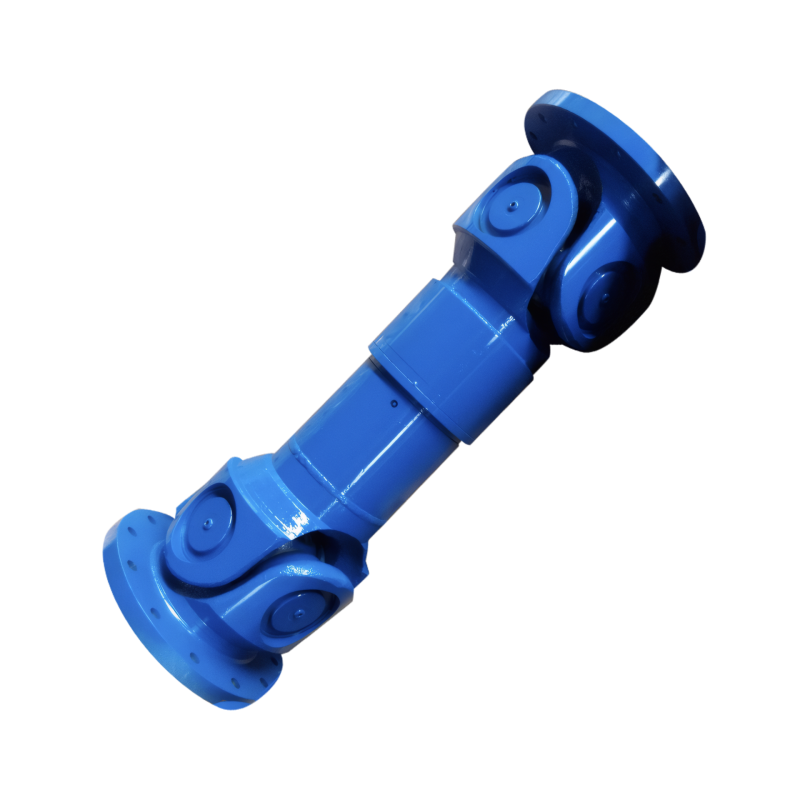The length specification of the bus drive shaft
Understanding Length Specifications of Bus Drive Shafts
Drive shafts are critical components in bus powertrains, responsible for transmitting torque from the transmission to the driven axles while accommodating angular variations and vehicle movements. The length specifications of these components directly influence vehicle dynamics, NVH (Noise, Vibration, Harshness) performance, and overall reliability.
Typical Length Ranges for Bus Drive Shafts
Urban and Intercity Bus Applications
For standard 12-meter urban buses and intercity coaches, drive shaft lengths typically range between 500mm to 1,500mm. This variation accounts for different drivetrain configurations:
- Short-wheelbase models (8-10 meters) commonly use 500-800mm shafts
- Long-wheelbase vehicles (12-13 meters) require 900-1,500mm components
- Articulated buses may employ multiple shafts with combined lengths exceeding 2,000mm
The length selection depends on axle placement, engine position, and transmission type. Front-engine buses with rear-wheel drive typically require longer shafts than mid-engine or all-wheel-drive configurations.
Heavy-Duty and Coach Bus Variations
Heavy-duty transit buses and coaches operating at higher gross vehicle weights often specify drive shafts in the 1,200-1,800mm range. These longer components must withstand:
- Increased torsional loads from higher torque engines
- Greater angular deflections due to vehicle articulation
- Higher critical speeds to prevent vibration issues
Manufacturers optimize shaft length through finite element analysis to balance strength, weight, and cost while maintaining compliance with safety standards.
Design Considerations Influencing Length Selection
Vehicle Architecture Requirements
The primary determinant of drive shaft length is the distance between transmission output and differential input. This measurement must account for:
- Engine placement (front, mid, or rear)
- Axle configuration (single or dual rear axles)
- Suspension travel requirements
- Allowance for thermal expansion during operation
For example, a front-engine, rear-wheel-drive bus with a 6-meter wheelbase would typically require a 1,400-1,600mm drive shaft, depending on transmission and differential offsets.
Dynamic Performance Factors
Drive shaft length significantly impacts vehicle dynamics through:
- Critical speed thresholds: Longer shafts have lower critical speeds, requiring careful balancing to prevent vibration
- Torsional stiffness: Increased length reduces natural frequency, potentially causing resonance issues
- Angle compensation: Longer shafts permit greater angular misalignment between components
Engineers must ensure the selected length maintains a safety margin below the first critical speed during maximum operating RPM. For most buses, this requires keeping rotational speeds below 5,000 RPM for steel shafts and 8,000 RPM for composite designs.
Engineering Constraints and Solutions
Length Limitations and Mitigation Strategies
While theoretical maximum lengths exist, practical constraints include:
- Manufacturing limitations for single-piece shafts (typically ≤2,000mm)
- Packaging constraints in the vehicle underbody
- Maintenance accessibility requirements
To overcome these challenges, designers employ:
- Two-piece shafts with intermediate supports for lengths >1,800mm
- Constant velocity joints to accommodate greater angular movement
- Composite materials to reduce weight while maintaining strength
A 15-meter articulated bus, for example, might use three 500mm shafts connected via CV joints rather than a single 1,500mm component.
Material and Manufacturing Impacts
The choice of material influences allowable lengths:
- Steel shafts: Up to 2,000mm with proper supports
- Carbon fiber composites: Up to 2,500mm due to higher strength-to-weight ratios
- Aluminum alloys: Limited to ~1,500mm due to lower torsional stiffness
Advanced manufacturing techniques like centrifugal casting and filament winding enable longer, lighter shafts that maintain the necessary torsional rigidity for bus applications.
 Customized design of drive shafts for special vehicles
Customized design of drive shafts for special vehicles
 The durability of the drive shaft for off-road vehicles
The durability of the drive shaft for off-road vehicles
 Introduction to the structural strength of truck drive shaft
Introduction to the structural strength of truck drive shaft
 The layout of the drive shaft for a four-wheel drive vehicle
The layout of the drive shaft for a four-wheel drive vehicle
 简体中文
简体中文 English
English
